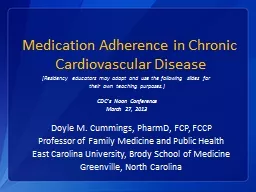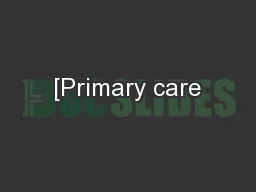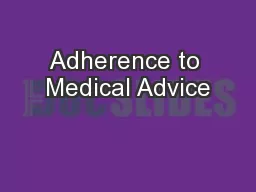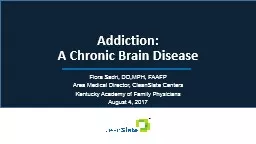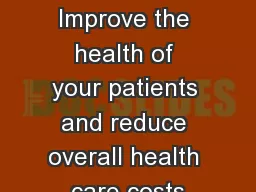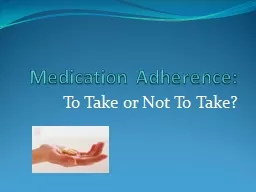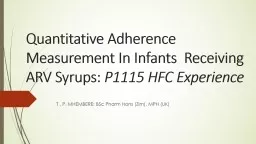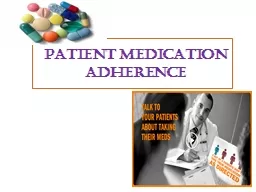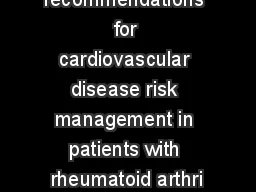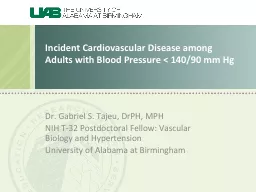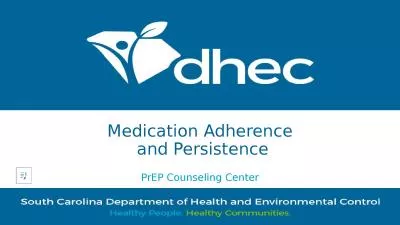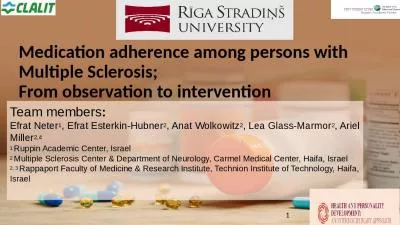PPT-Medication Adherence in Chronic Cardiovascular Disease
Author : mitsue-stanley | Published Date : 2017-03-15
Doyle M Cummings PharmD FCP FCCP Professor of Family Medicine and Public Health East Carolina University Brody School of Medicine Greenville North Carolina Residency
Presentation Embed Code
Download Presentation
Download Presentation The PPT/PDF document "Medication Adherence in Chronic Cardiova..." is the property of its rightful owner. Permission is granted to download and print the materials on this website for personal, non-commercial use only, and to display it on your personal computer provided you do not modify the materials and that you retain all copyright notices contained in the materials. By downloading content from our website, you accept the terms of this agreement.
Medication Adherence in Chronic Cardiovascular Disease: Transcript
Download Rules Of Document
"Medication Adherence in Chronic Cardiovascular Disease"The content belongs to its owner. You may download and print it for personal use, without modification, and keep all copyright notices. By downloading, you agree to these terms.
Related Documents

